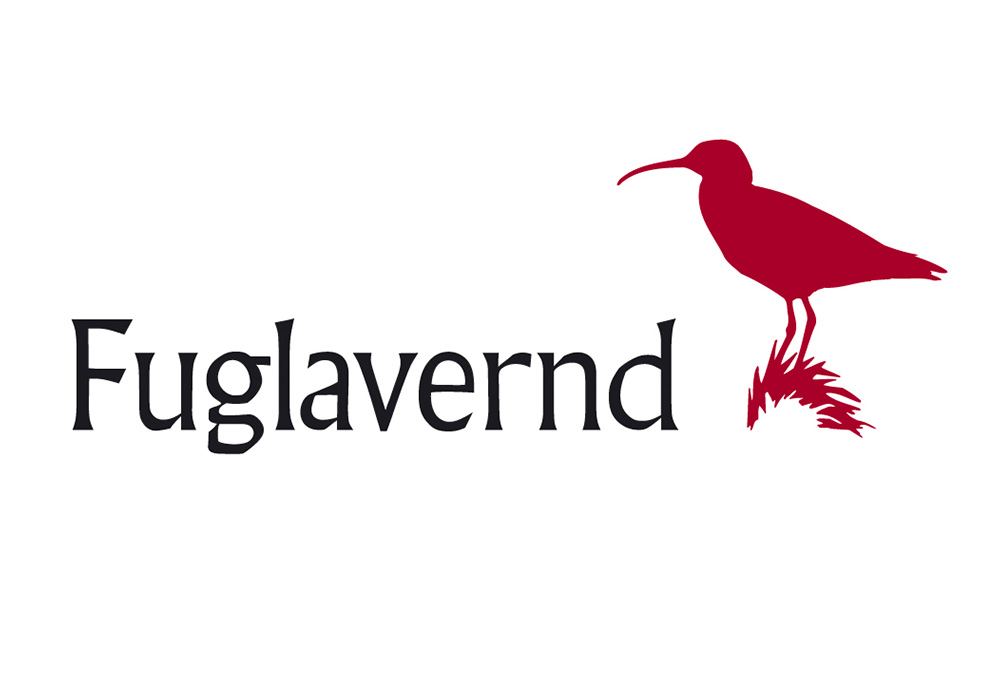Birdlife Iceland – Fuglavernd
(Fuglavernd)

-
Granted
Part of the £3m RSPB / Birdlife International Flyway Grant
-
Year
2023-26
-
Location
Iceland
Overview
The African-Eurasian Flyway (AEF) is one of the four great global pathways migratory birds use. Stretching from Greenland and the Arctic to southern Africa, the flyway is used by hundreds of millions of land and waterbirds every year, and the habitats within the flyway also support hundreds of non-migratory bird species, many of which are globally threatened. Various human pressures, including habitat destruction and degradation, illegal hunting and trapping and climate change severely impact the flyway.
Working at a flyway scale enables this essential ecological connectivity and builds collaboration across borders, raising our collective ambition, problem-solving together, sharing knowledge and leveraging the power of partnership.
RSPB will build upon the East Atlantic Flyway Initiative (EAFI) programme – increasing the capacity of BirdLife partners in Iceland, Sierra Leone, Liberia, Ghana and southern Africa to drive the development and delivery of habitat and landscape works benefiting both migratory birds and local communities.
For example, they will support their Icelandic partner, Fuglavernd. The low-lying open habitats around much of Iceland’s coastline support extraordinary numbers of breeding waterbirds – including 50% of the world’s population of European golden plover, 40% of whimbrel and 20% of redshank. However, large parts have been degraded by drainage, and some areas are threatened by afforestation. Birdlife International will work with their Icelandic partner, Fuglavernd, and other local organisations to plan and deliver the re-wetting of at least several hundred hectares of degraded habitat, restoring it to its natural state. This will not only benefit birds and other biodiversity, but also contribute to climate change mitigation, as re-wetting converts habitats from carbon sources to sinks.
